Learning to find the joy of learning and new challenges
Learning to build information on top of previously learned
Supporting student to build their own linguistic and cultural identity
Encouraging to build new information and visions
Practicing communication through different channels
Practicing to use foreign language as a communication tool
Learning the basics of spelling
Practicing persistent working
Practicing to notice causal connections
Practicing letters, alphabets and written language
Practicing fine motor skills
Practicing to observe spoken and written language
Practising visual recognition
Encouraging the growth of positive self-image
Enabling the growth of positive self-image
Using technology as a part of explorative process
Practicing memorizing skills
Learning to face respectfully people and follow the good manners
Learning to understand people, surroundings and phenomenons around us
Learning to face failures and disappointments
Practicing to recognize and express feelings
Building common knowledge of technological solutions and their meaning in everyday life
Experiencing and exploring sounds and music from different sources
Using technology as a part of explorative and creative process
Learning to understand and interpret diverse types of texts
Practicing to use information independently and interactively
Practicing to find, evaluate and share information
Understanding and practicing safe and responsible uses of technology
Creating requirements for creative thinking
Practicing creative thinking
Practicing to improvise
Practicing to use imagination and to be innovative
Practicing to use arts as a way to express
Supporting the growth of environmental awareness
Practicing to take care of one's own and other people’s safety
Learning to know and respect human rights
Getting familiar with different cultures
Learning about cultural aspects and to respect different cultures
Practicing to work with others
Learning to listen other people’s opinions
Learning to understand the meaning of rules, contracts and trust
Practicing to express own thoughts and feelings
Encouraging positive attitude towards working life
Learning to use foreign language in work context
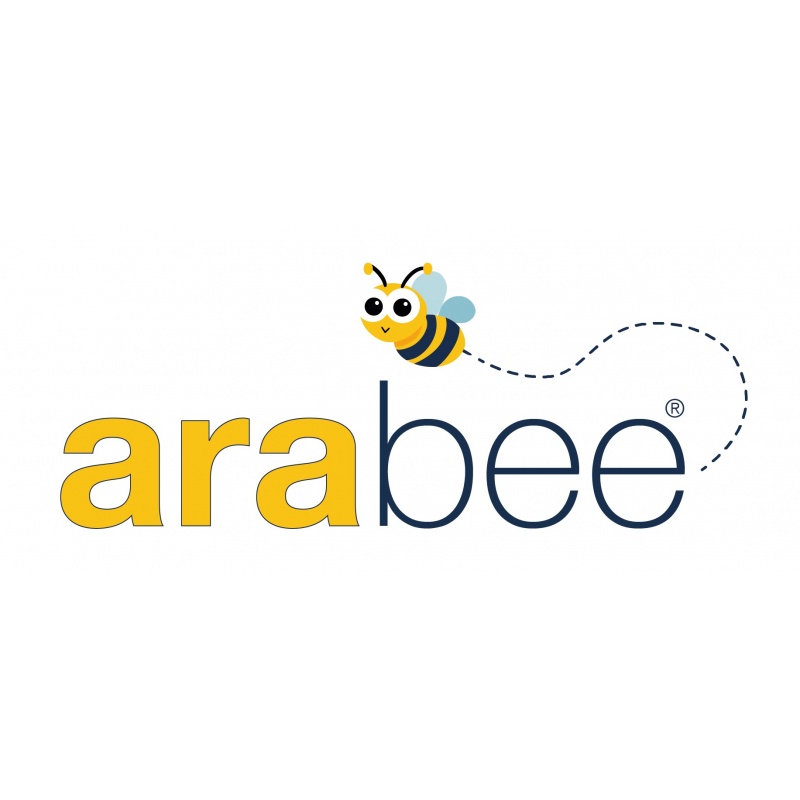


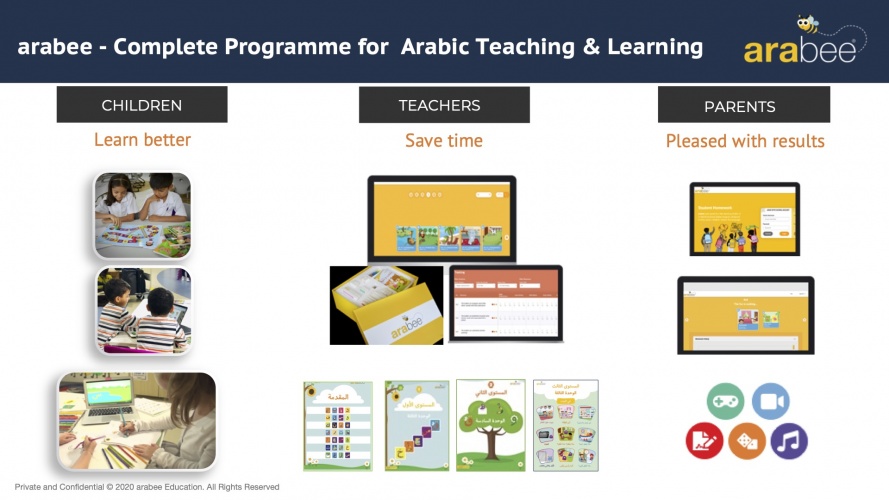
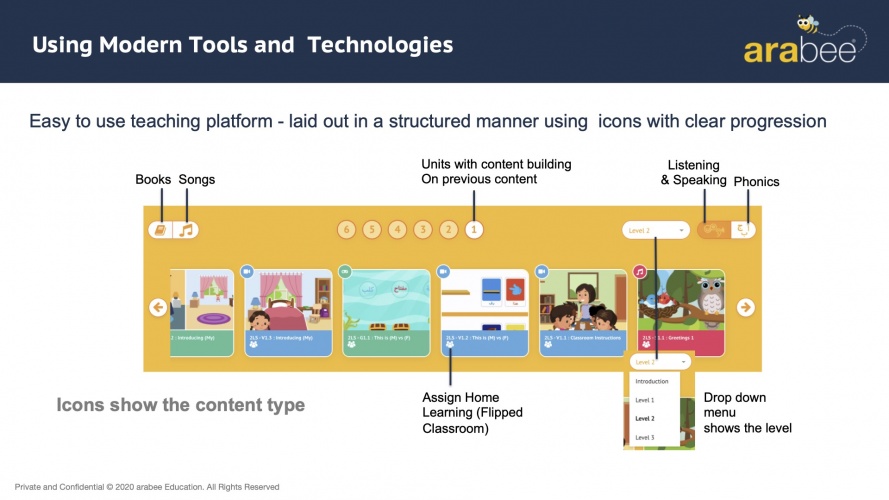
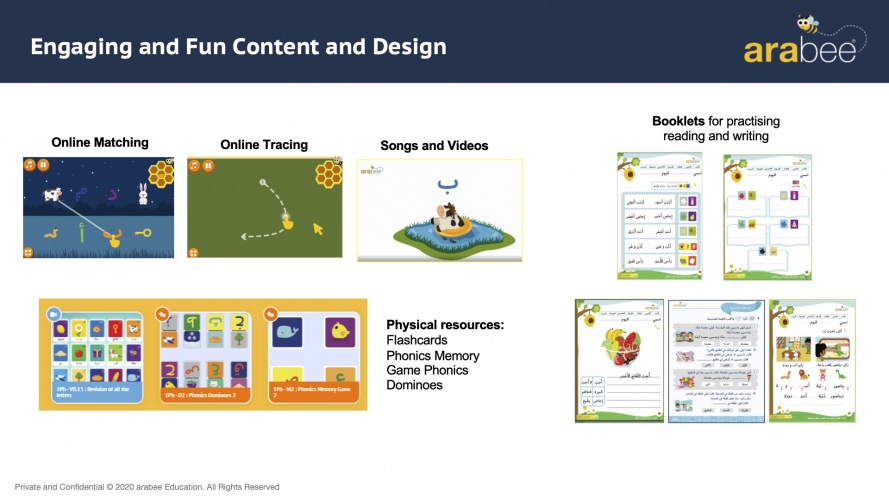
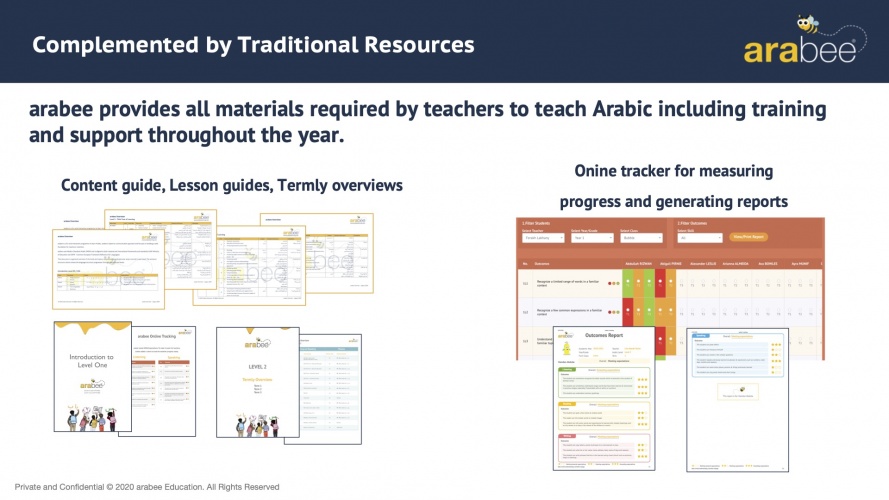
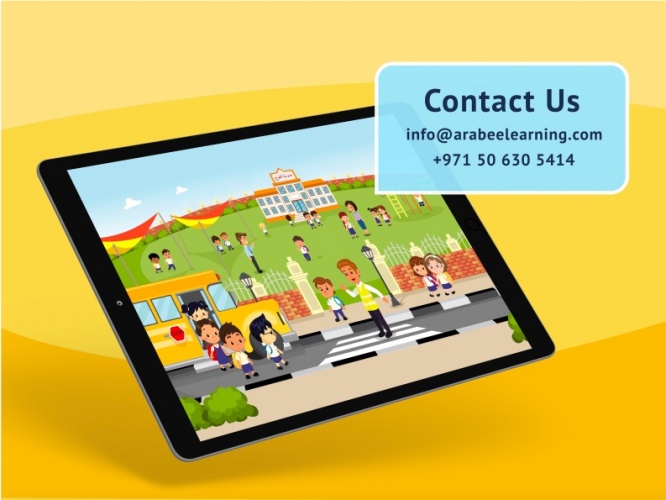
User reviews for arabee
You need to log in to post a review.